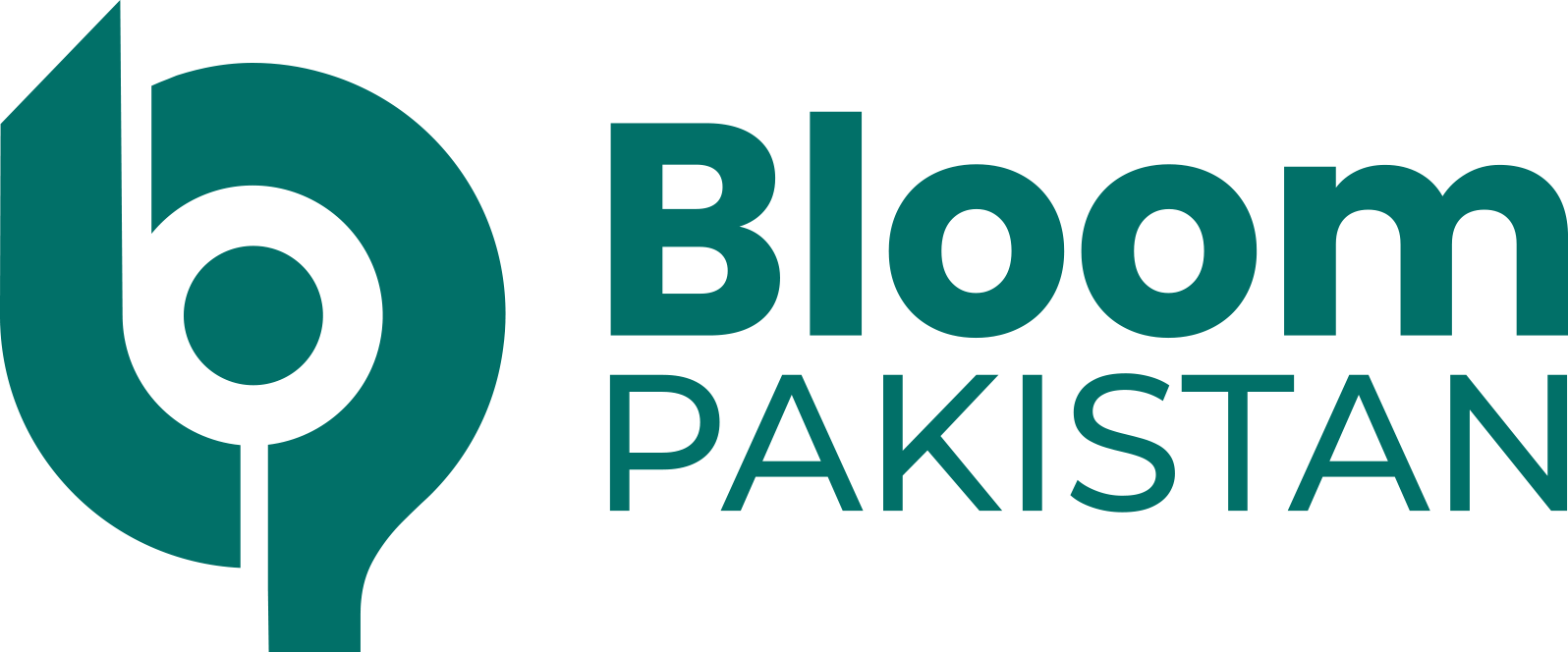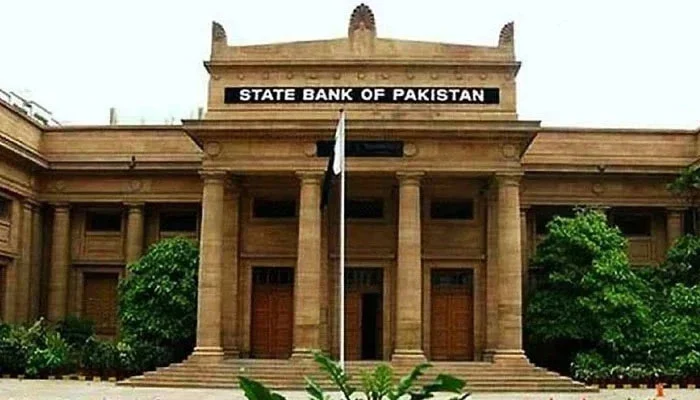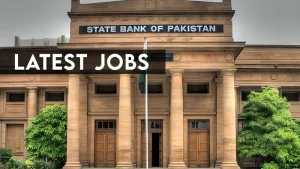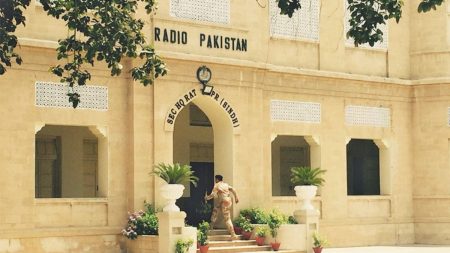Islamabad, Mar 10 2025: The State Bank of Pakistan (SBP) has announced that the policy rate will remain unchanged at 12%, citing a decline in inflation and concerns over external financial pressures.
The decision was made during a Monetary Policy Committee (MPC) meeting and was officially communicated through an The State Bank of Pakistan press release on Monday.
Inflation and Economic Outlook
The MPC noted that inflation in February 2025 fell more than expected, primarily due to lower food and energy prices.
However, the committee expressed caution regarding the volatility of these prices, warning that any increase could disrupt the downward inflation trend.
While core inflation remains high, the economy is showing signs of recovery, as reflected in high-frequency economic indicators.
The MPC emphasized that maintaining a positive real interest rate is necessary to ensure macroeconomic stability.
Key developments since the last MPC meeting include:
- The current account turned into a deficit of $0.4 billion in January 2025 after months of surplus.
- SBP’s foreign exchange reserves declined due to weak financial inflows and debt repayments.
- Large-scale manufacturing (LSM) output dropped by 1.9% in H1-FY25, despite a significant 19.1% increase in December 2024.
- Consumer and business confidence improved, as reflected in recent surveys.
Global economic uncertainty, driven by tariff escalations and trade restrictions, has also impacted monetary policies worldwide, prompting a cautious approach to interest rate adjustments.
Real Sector and Growth Projections
The committee observed a continued increase in economic activity, with growth evident in automobiles, petroleum, and cement sales, as well as rising import volumes and private sector credit demand.
However, LSM growth remains constrained, with a few low-performing sub-sectors offsetting gains in key industries like textiles, pharmaceuticals, and automobiles.
In the agriculture sector, recent rainfall has improved Rabi crop conditions, reducing earlier concerns about production losses.
The MPC reaffirmed its GDP growth projection for FY25 at 2.5% – 3.5%, expecting stronger economic momentum in the second half of the fiscal year.
External Sector: Current Account Deficit and Foreign Exchange Reserves
The current account balance slipped into a deficit in January 2025, driven by rising imports amid recovering economic activity. Global commodity price fluctuations also contributed to higher import costs.
Despite these challenges, worker remittances and stable export growth helped offset import pressures. However, weak financial inflows and debt repayments led to a decline in The State Bank of Pakistan foreign reserves.
Looking ahead, the MPC expects foreign exchange reserves to reach $13 billion by June 2025, with anticipated official inflows and reduced debt obligations playing a crucial role in stabilizing external buffers.
READ MORE:
Mobilink Bank’s WIN Incubator Supports 13 Women-Led Startups for Business Growth
Fiscal Sector and Tax Revenue Challenges
Pakistan’s fiscal balance improved in H1-FY25, supported by higher non-tax revenues and controlled expenditures.
However, tax revenue collection fell short of targets in January and February 2025, creating challenges for meeting the primary balance target.
To address this, the MPC stressed the importance of continued fiscal consolidation and broadening the tax base, emphasizing the need for structural reforms to ensure long-term economic stability.
Money Supply, Credit, and Inflation Trends
The broad money (M2) supply growth remained steady at 11.4% year-over-year, while private sector credit growth reached 9.4%, reflecting eased financial conditions.
However, deposit growth slowed while currency circulation increased, signaling shifting liquidity dynamics.
Inflation fell to 1.5% year-over-year in February 2025, down from 2.4% in January, mainly due to lower perishable food prices and stable energy costs.
However, core inflation remains stubbornly high, and the MPC expects inflation to gradually stabilize within the 5-7% target range.
Key risks to inflation include:
- Volatility in food prices
- Potential adjustments in energy prices
- Additional revenue measures
- Protectionist global trade policies
MPC’s Forward-Looking Approach
The MPC reaffirmed its commitment to a cautious monetary policy stance, ensuring that inflation remains within the target range while supporting economic growth.
The impact of recent policy rate reductions is now materializing, and further adjustments will depend on evolving inflationary and external risks.
With global economic uncertainty persisting, Pakistan’s monetary and fiscal policies will play a critical role in sustaining macroeconomic stability and supporting the country’s economic recovery.









